Anxiety and its Manifestations
Anxiety can manifest in a variety of physical symptoms, including neurological symptoms such as headaches, dizziness, and muscle tension. Some research has suggested that there may be a connection between anxiety and neurological symptoms such as tremors or seizures. Additionally, anxiety disorders have been associated with changes in brain chemistry and structure, which may contribute to the development of neurological symptoms. It is important to note that neurological symptoms can also be caused by other medical conditions, so it is essential to consult a healthcare professional to determine the underlying cause of any symptoms.
Anxiety is a normal response to stress and can be beneficial in some situations. However, when a person regularly feels disproportionate levels of anxiety, it might be an indication of an anxiety disorder. Anxiety disorders are the most common mental health disorders in the United States. Common symptoms of anxiety can include:
Persistent and excessive worry or fear about everyday events or activities
Physical symptoms such as muscle tension, headaches, stomach discomfort, and fatigue
Avoiding certain situations out of fear or worry
Difficulty sleeping
Difficulty concentrating
Irritability
Restlessness
Rapid heartbeat
Sweating
Shortness of breath
It is important to note that everyone may experience anxiety differently and some people may not experience all of these symptoms. If you think you may have an anxiety disorder, it is important to speak with a healthcare professional for an accurate diagnosis and treatment options.
According to the National Institute of Mental Health (NIMH), anxiety disorders are the most common mental illness in the United States, affecting an estimated 40 million adults, or 18.1% of the population, every year.
Women are more likely to experience anxiety than men, with 23% of women and 14% of men reporting anxiety disorders.
Anxiety disorders also tend to develop earlier in life, with the median age of onset being 11 years old.
Anxiety disorders are also associated with significant impairment and reduced quality of life, with individuals with anxiety disorders reporting lower educational attainment, employment, and income levels.
Additionally, it is estimated that only about 36% of people with an anxiety disorder receive treatment, with many people not receiving the help they need.
It is also important to note that anxiety disorders are often co-occur with other mental health conditions such as depression, substance abuse, and eating disorders, which can make treatment more complex.
Overall, anxiety disorders are a prevalent issue in the United States, affecting a large portion of the population and often co-occurring with other mental health conditions. Despite this, many individuals with anxiety disorders do not receive the help they need.
Anxiety is a prevalent issue in society and has been studied throughout history. In ancient Greece, the concept of anxiety was referred to as "phobos," which means "fear" or "terror." The Greek gods, such as Ares and Phobos, were often associated with the emotion of anxiety.
In ancient Greek society, anxiety was thought to be caused by an imbalance in the four humors: blood, phlegm, yellow bile, and black bile. Hippocrates, the father of medicine, believed that an excess of black bile in the body was responsible for causing anxiety.
The Greek philosopher Aristotle also wrote about the concept of anxiety in his work "Rhetoric." He believed that anxiety was a natural response to uncertainty and that it could be used as a motivator to achieve success.
In modern society, anxiety is a common mental health disorder and is characterized by excessive and persistent worry, fear, and nervousness. It is often treated with therapy, medication, and lifestyle changes.
Overall, anxiety has been recognized as a prevalent issue throughout history, and it has been studied by ancient philosophers and doctors, who attempted to understand the root cause of this emotion and how to manage it.


